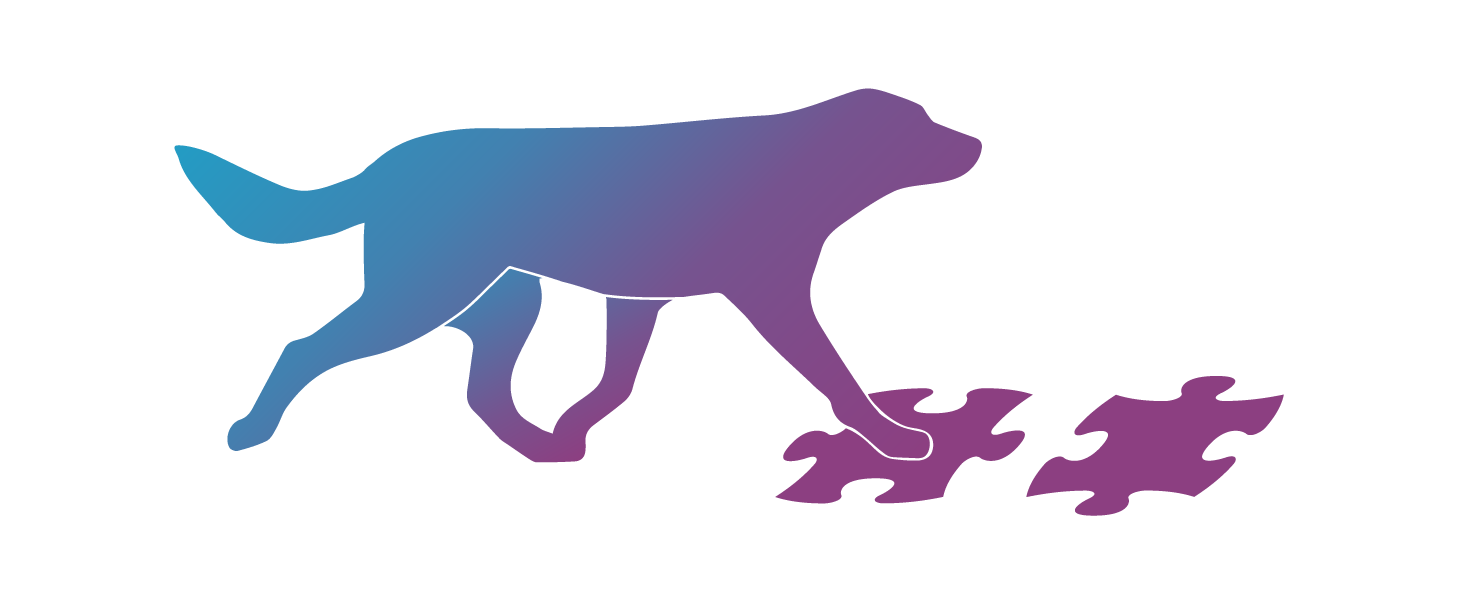“My dog is really careful on the dog walk. In fact, she slows down when running the dog walk, so I’m not too worried about her safety”
Often when talking about the problems on the dog walk, it is easy to imagine the reckless dogs who misplace their paws and fall off, making your heart skip a beat. Because falling off the dog walk when running full speed is scary! And dangerous.
So it’s easy to think that a dog who is careful on the dog walk, even slowing down a bit, is far safer. And that slowing down may be even a good thing.
It is true that with a careful dog you don’t need to worry about the safety on the dog walk so much.
But what does make me worry is the reason behind their carefulness. Would a dog who was super comfortable slow down on the dog walk? I suspect not.
Slowing down and being careful is probably coming from a place that isn’t all happy. And maybe careful dogs would actually need help on the dog walk just like reckless dogs do?
